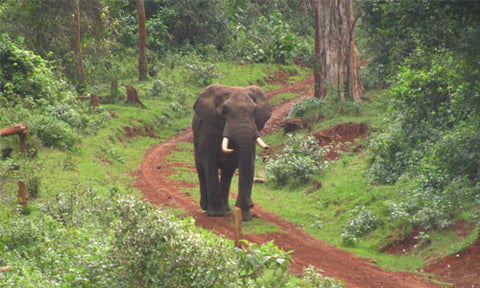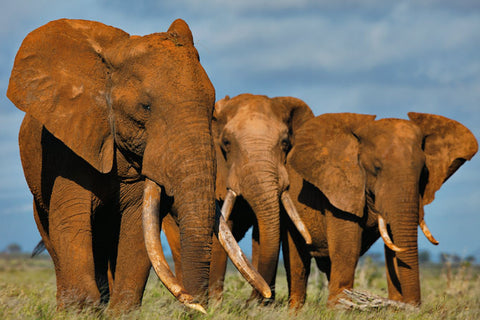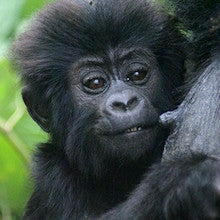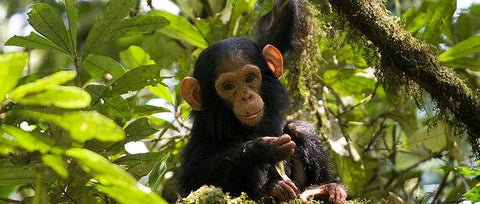Between Ngorongoro Crater and Serengeti Plains lies the narrow fifty kilometre long (31 mile) strip of the legendary Olduvai Gorge - where some of the most important fossil humanoid remains have been unearthed.
The gorge has been a surprisingly productive site for archaeological excavations due to a number of important factors. Millions of years ago the area was abundantly inhabited by many species of animal. Finds have shown these to include a sabre toothed big cat, a horned giant giraffe, two kinds of elephant and various predecessors of today's plains game and of course, early man. Together, all their remains were preserved in the alkaline mud of the lake that once covered the area. Over the centuries these were fossilized and only exposed recently when a seasonal river cut through the ancient beds. It was here that the Leakeys discovered the partial skull of the now famous Zinjanthropus, who lived some 175 million years ago.
In places, the gorge rises up 60 metres (197 feet) and the layers of sediment deposited in the ancient lake can be seen clearly. The bones and teeth of over 150 species of animal have been excavated from the gorge's rich stretch and an almost continuous record of human habitation has been recreated from excavated artifacts, from the earliest tool users to the Stone Age.




